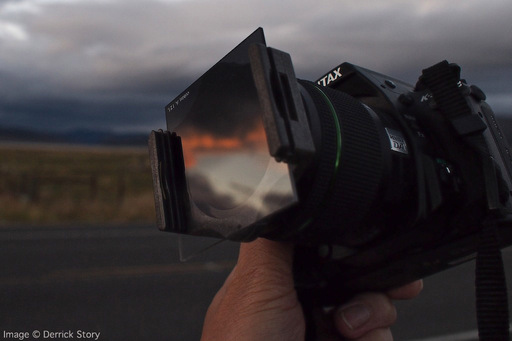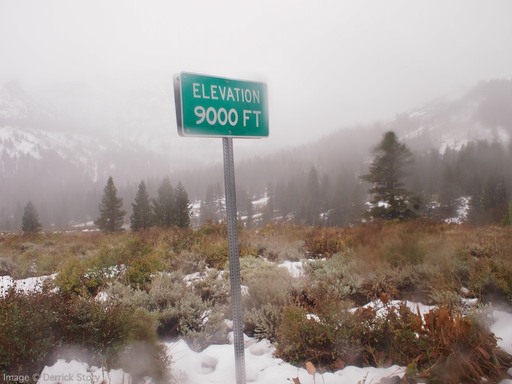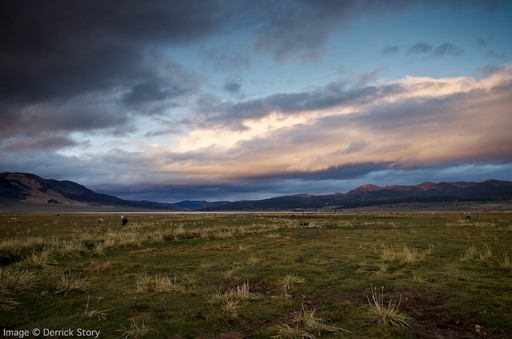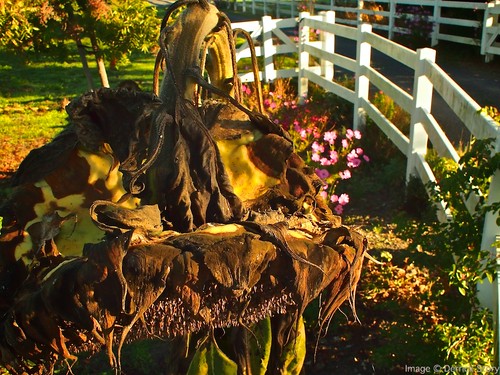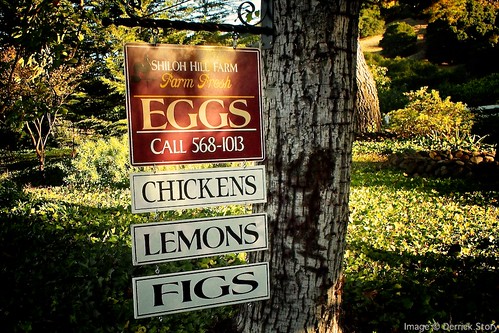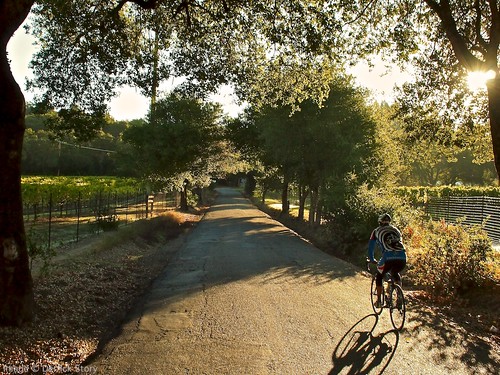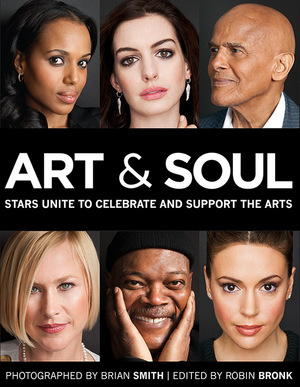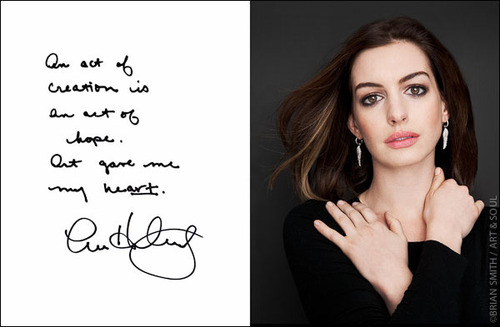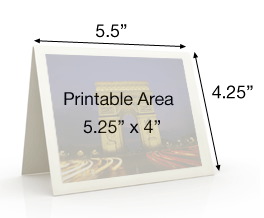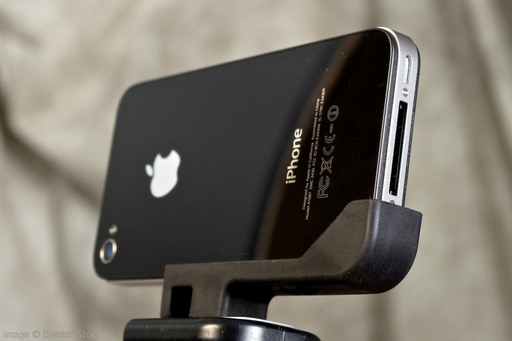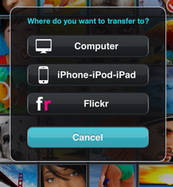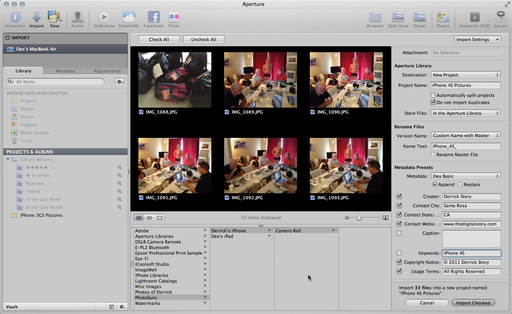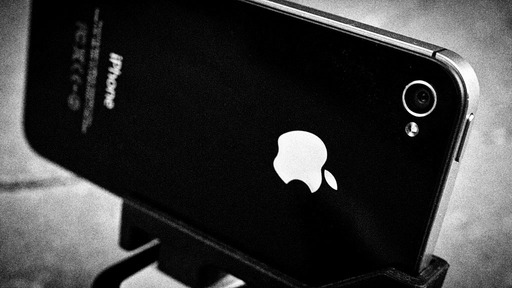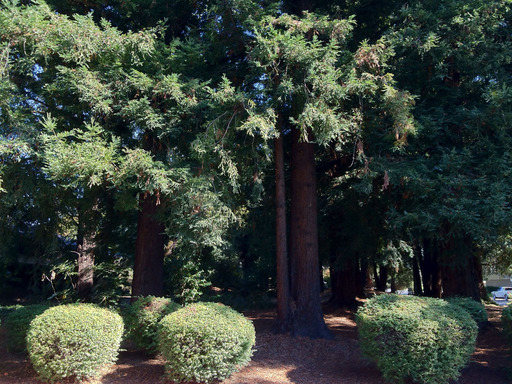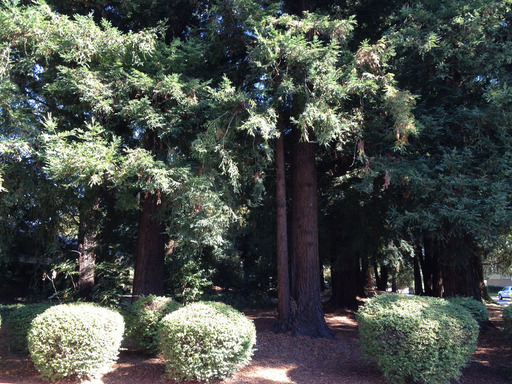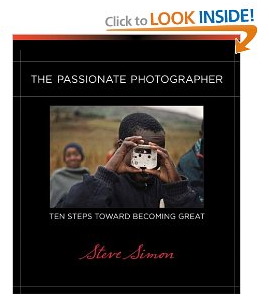
In his latest book, The Passionate Photographer,Steve Simon presents 10 steps toward becoming great. For example, in Step 3, Work It: Don't Give Up on the Magic, he writes, "Your first shot is your starting point. Give yourself a variety of options. It's a game of inches. Slight movements have dramatic effects on your final image, altering the juxtaposition of foreground subjects with background elements and the horizon." Each step is explained from a variety of approaches and illustrated with numerous images.
This is not a book for the beginning photographer still learning the camera. The Passionate Photographer is for shooters ready to take the next step. With its mix of inspiration and perspiration, Steve Simon challenges you to get better.
I'd keep this book in mind for the passionate photographer in your life. It would be a great holiday gift.
Find great deals at the TDS Photography Store on Amazon.
